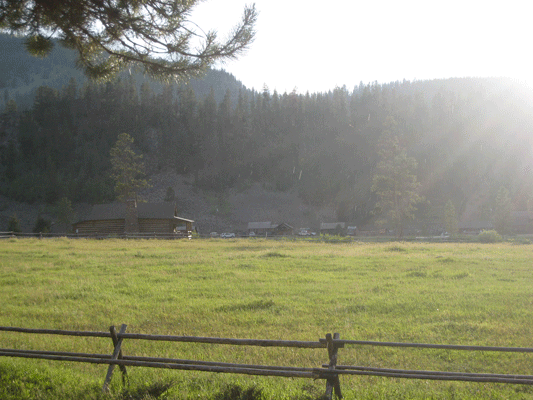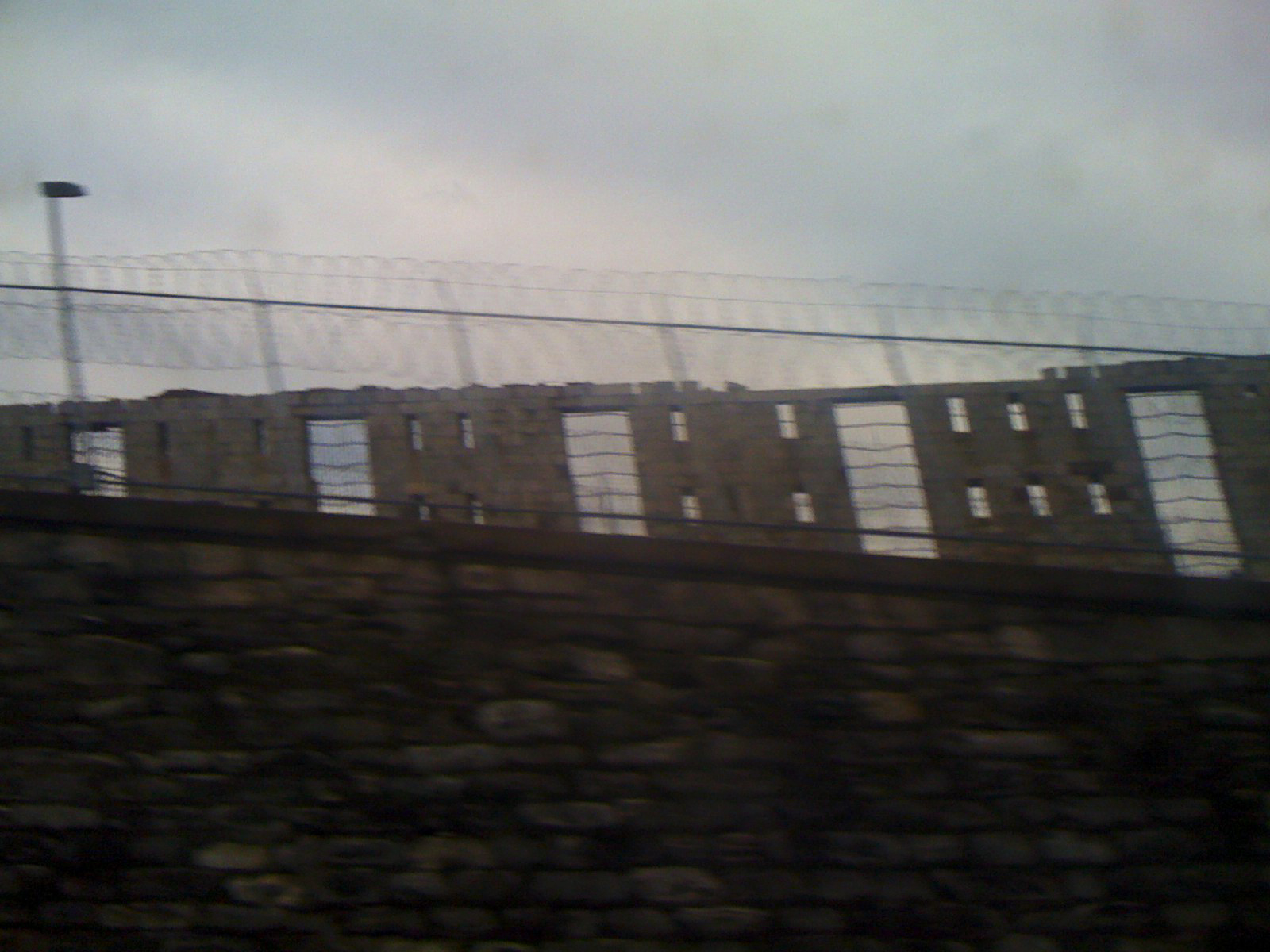Gordon Sayre: As I'm sure I've mentioned in class, I've worked on a ranch in Montana for many summers. We're primarily a guest ranch, so while we do have a few cattle, our central focus is on horses. Reading Barbed Wire I realized that though we have miles of fencing both on the ranch and in park territory for pasture purposes, we use no barbed wire whatsoever. Instead, we use a hewn log system. I find it interesting that though it would be difficult for a horse to break out of these fences, it's definitely possible, yet rarely happens. In that respect, log fences are less of a physical barrier than a mental one. I just though this anecdote might offer an alternative method to containing animals, one that is certainly more humane, as well as better symbol of a symbiotic human-animal relationship than one of human dominance.
Posted at Nov 03/2008 02:48PM:
chris witmore: Thanks Gordie. This connects nicely to Netz's account. He suggests that folks thought it would just be too much work to produce/ship in all the necessary board feet for such fencing across such a vast area. Indeed, barbed wire manufacturers aimed to undercut the cost of wooden fencing. The interesting point he makes is that it actually increased the use of wood for fence posts.

Gordon Sayre: There's a picture of the fencing we use. Sorry for the delay- I had to learn to use photoshop.
sarah baker: In my archaeology/classics course on Ancient Roads last semester, we were discussing the importance of correct translations with terms surrounding roads. One of my professors brought up that the line from the Nativity Story "...because there was no room for them in the inn" actually suffers from a mistranslation. The word for "inn" used is "kataluma," which is completely context-specific and really just refers to a place where travelers stay (could be an inn or a house). So, the manger/animal part of the story - a common visual meme of Christmas - may not have taken place in the archetypal shed/barn/thing outside of the inn...the animals were, as we discussed in class, likely being housed on the ground level of the floor during the night for warmth and safety, which was why they were present at the birth of Jesus in the story.
So, I apologize for the vagueness of this tidbit, and regrettably, I cannot remember or find a reliable source for it. I just wanted to point out how even this small element of this story is connected to our discussions this week, and how we should not assume anything about people/things arrangements and relationships from the past.
Rebecca Kaufman: Here's a picture of the view of Sing Sing Prison from the train tracks which I was referring to in class today. I'm sorry I couldn't find a better image online, but you can still see the use of barbed wire to define the boundary between the commuter rail and the prisoners. I often wonder whether the barbed wire is there to protect the prisoners from escaping onto the tracks, or to protect those unknowing commuters who ride by.

Posted at Nov 07/2008 02:52PM:
Emma Whitford: Something I had hoped to bring up in class: When humans are being contained rather than animals, one layer of barbed wire often isn't sufficient. While a cow will learn the pain lesson and steer clear of the fence forever, a human will look for ways to get around it, will attempt escape. This usually takes the form of digging tunnels.
Is it possible that barbed wire loses some of it's influence in the presence of human captives, and needs to be augmented by armed guards, a second layer of barbed wire, and a "dead zone" in which the prisoner is in danger of being shot and killed?
